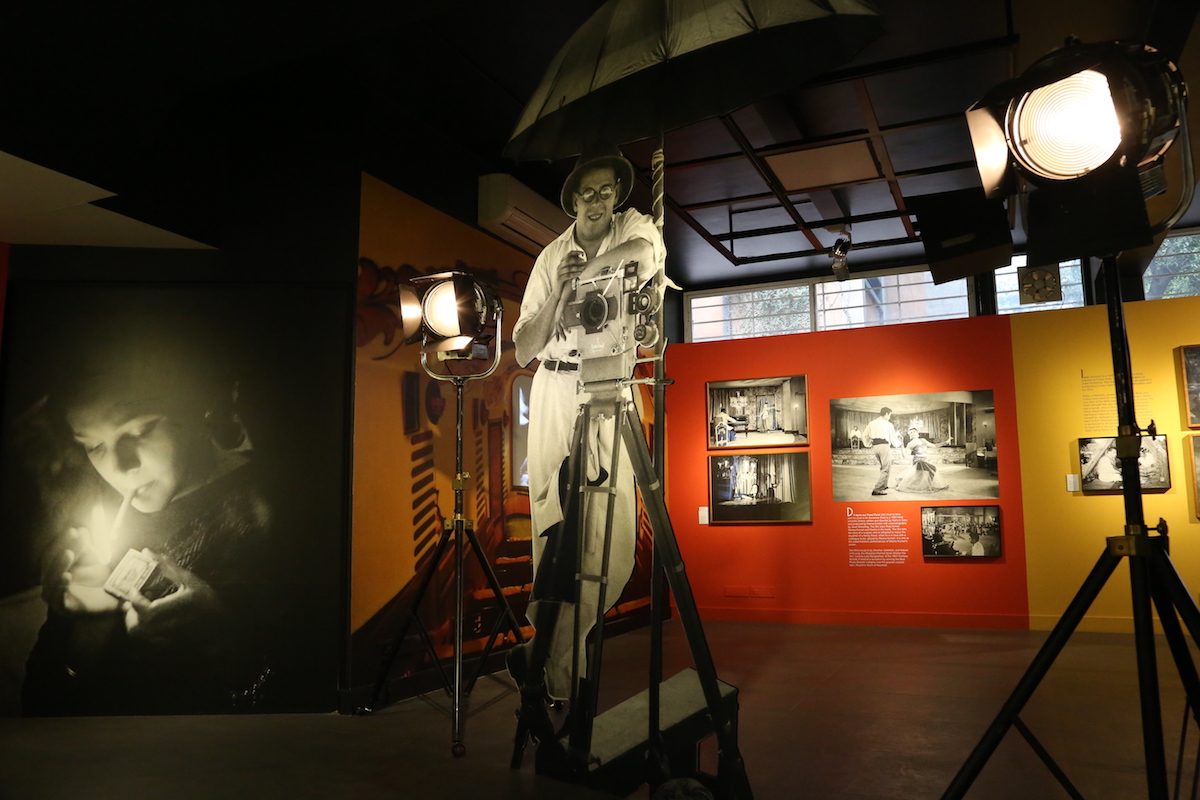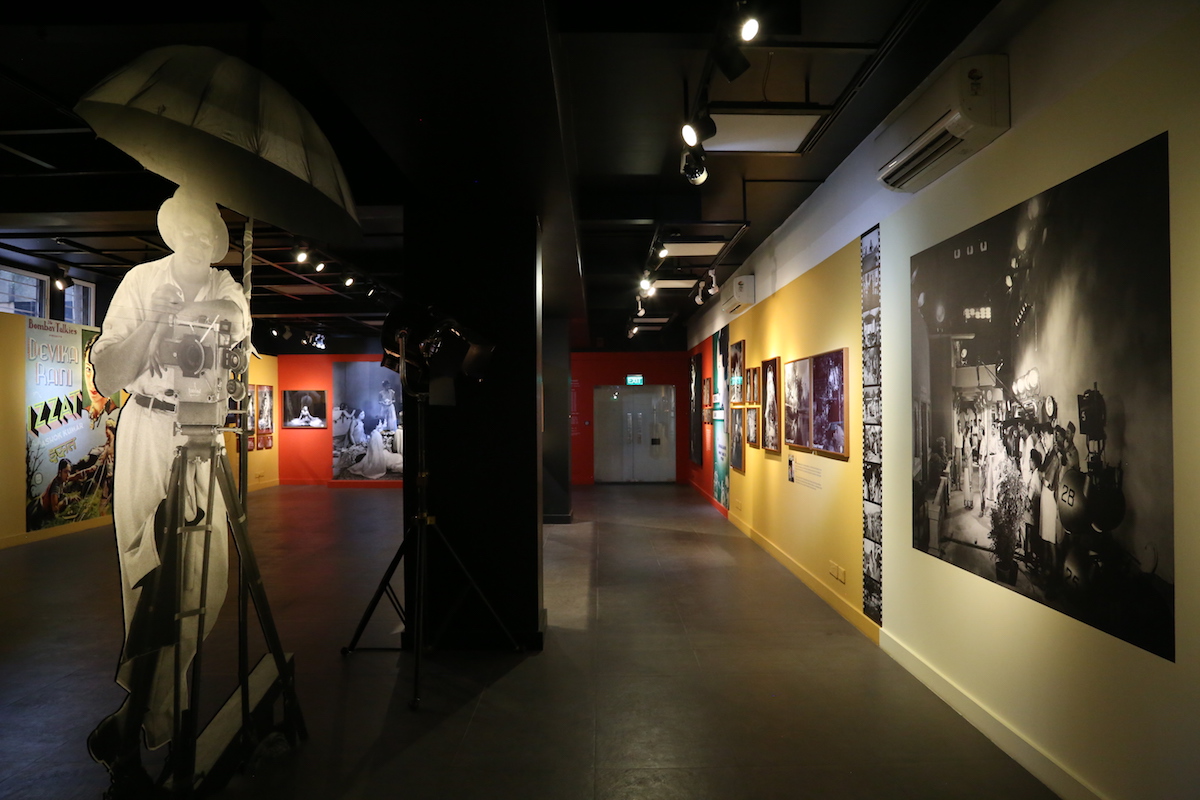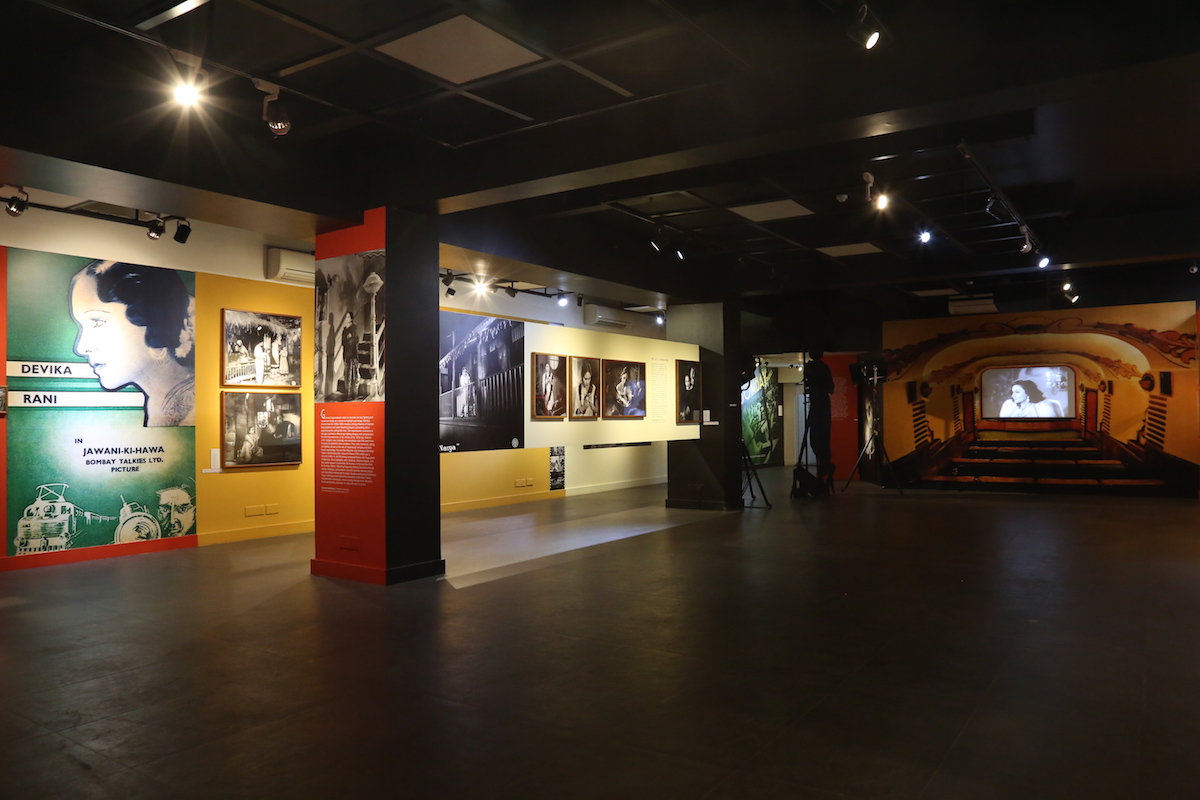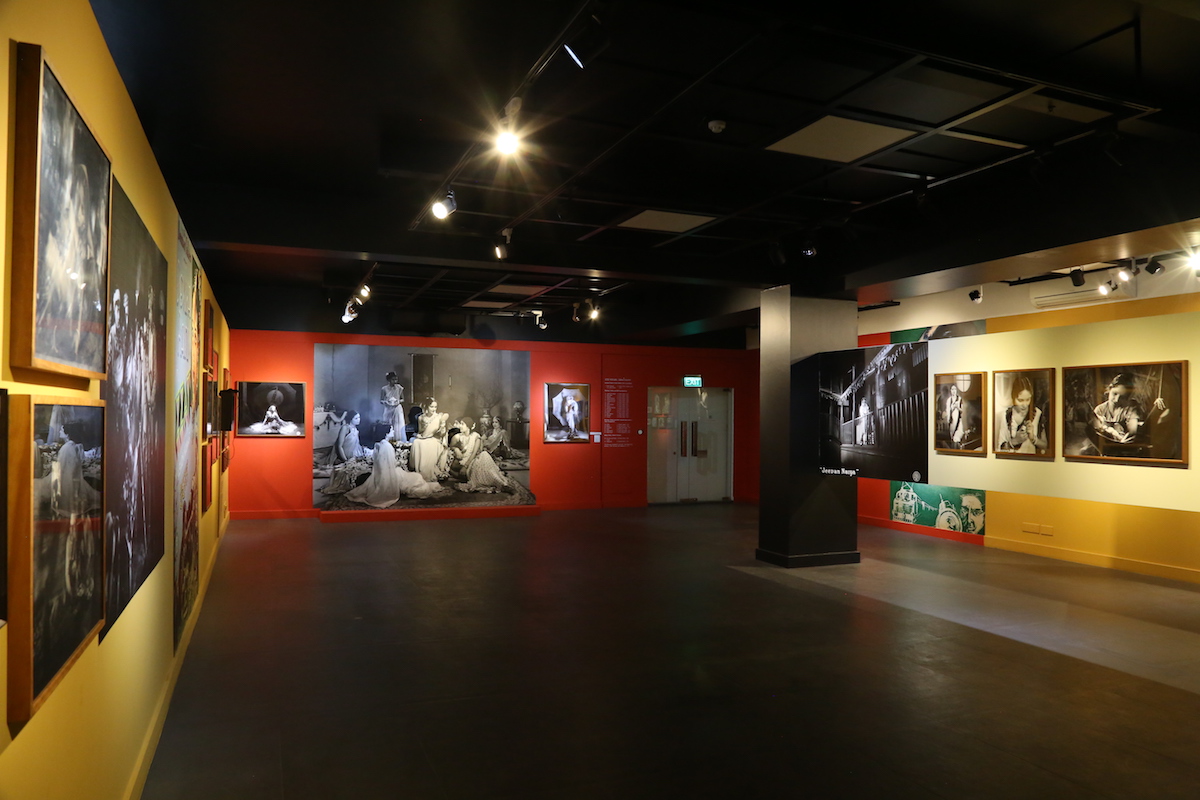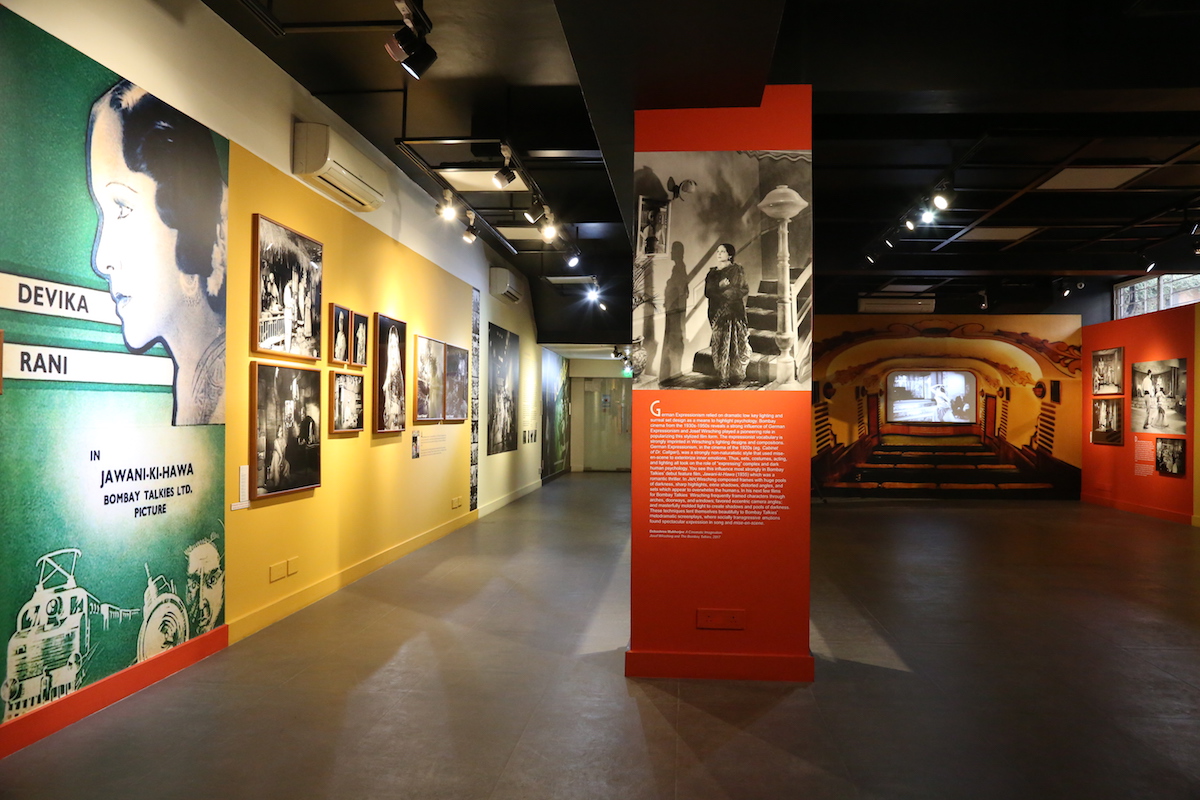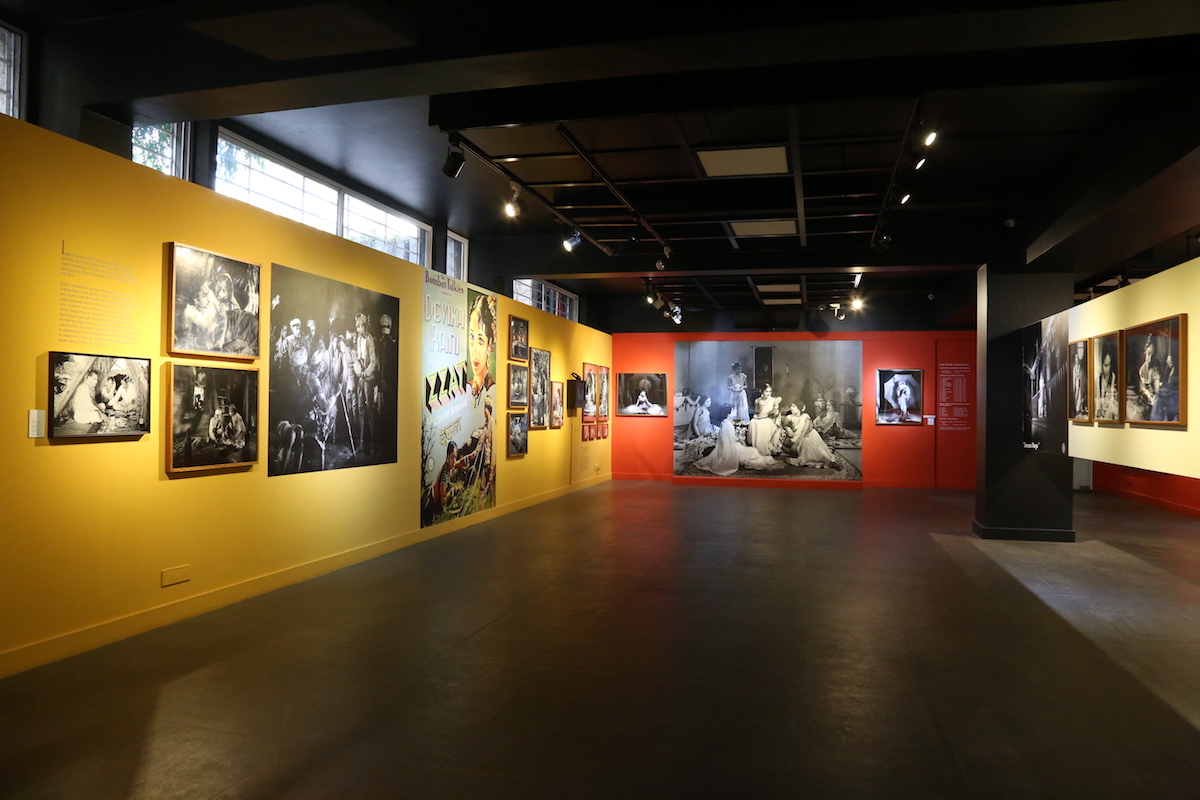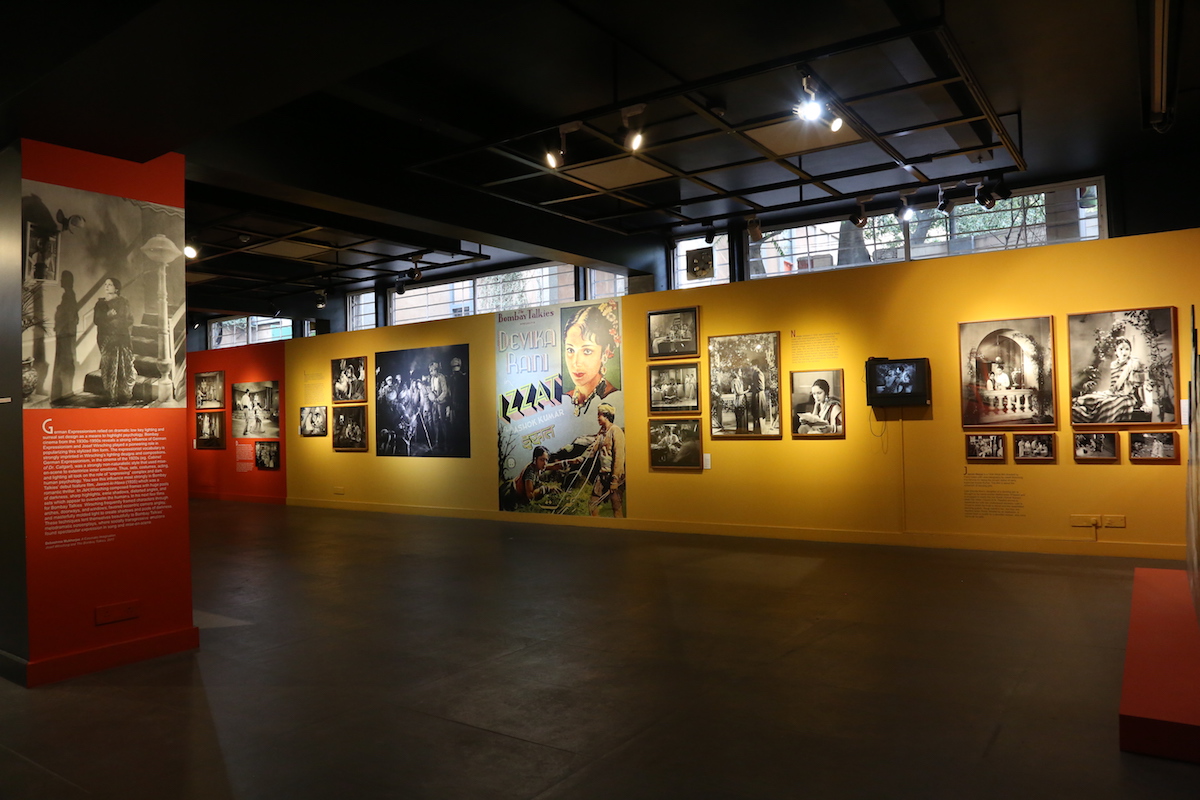PAST EXHIBITION
Bombay Talkies: 60 photographs from the Josef Wirsching Collection
Art Heritage presents ‘Bombay Talkies: 60 Photographs form the Josef Wirsching Collection’, an exhibition that brings alive Indian movie history through an exclusive set of digital photographs from the collection of German cinematographer Josef Wirsching.
Born in 1903 in Munich, Josef Wirsching came to India initially in 1925 while working as a cinematographer on Light of Asia for Emelka Film studio, which was produced by Indian Himanshu Rai and shot entirely on location in India. Josef Wirsching was impressed and beguiled by India, and nearly a decade later when Himanshu Rai along with his wife Devika Rani established the historic Bombay Talkies studio in Bombay Wirsching returned along with film director Franz Osten and a team of technical experts to create productions on par with international standards. From 1934 onwards the team produced one successful film after another and launched many stars including Devika Rani herself, Ashok Kumar, Meena Kumari, Leela Chitnis, Jairaj, Hansa Wadkar and Dilip Kumar. In addition, the studio served as a training institute for young professionals interested to learn the movie business in technical fields such as cinematography, sound, light and costume design.
Bombay Talkies films introduced socially and politically relevant themes, like the forbidden love between a couple from different castes (Achhut Kannya, 1936), about the ostracism of dancing girls (Jeevan Nayya, 1936), and the struggles of the modern young woman to succeed (Nirmala, 1938).
While shooting Josef Wirsching also pointed his still camera to document how the team worked. The archive from the Wirsching Collection spans Josef Wirsching’s career at Emelka Film (1923-1934), Bombay Talkies (1934-54), AMA Ltd. (1954-1958) and Kamal Pictures (1958-1967), and provides a glimpse into the early years and the incredible international collaborations that set the foundation for a industry that is recognized all over the world today. Photographs in this exhibition show a professional industry in action, including behind-the-scenes shots of cast and crew on location and in the studio, production stills, and publicity images, and provide incredible insight into the aesthetic decisions, creative communities, and cross-cultural exchanges that were vital to filmmaking when the industry was at a nascent stage.
Date
27 Jan - 15 Mar 2020
Artists
Josef Wirsching
Medium
Photography
